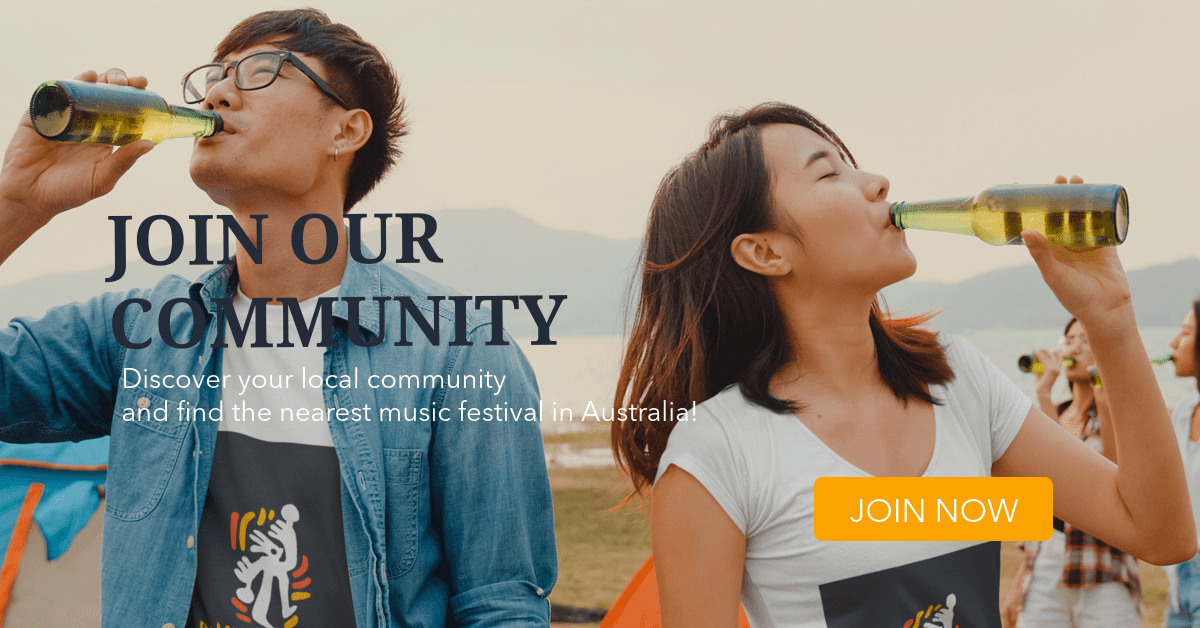
What Is The Festival For Indigenous Peoples? As an indigenous cultural expert, it is my honor to bring light to the festival for indigenous peoples. This celebration is a time of great importance and significance for native communities around the world. It serves as an opportunity to commemorate our unique cultures, traditions, and heritage that have been passed down from generation to generation.
The festival for indigenous peoples is a time when we come together as a community to share stories, dances, music, food, and art. It is a moment where we can proudly showcase our customs and beliefs while also educating others about their value and relevance in today’s society.
The festival creates a space where we can celebrate our existence and continue to preserve our identities as diverse groups with rich histories. In this article, I will delve deeper into what makes this event so special and why it should be celebrated by all people who value diversity and inclusivity.
Commemorating Cultural Heritage
Indigenous peoples across the world have a rich cultural heritage that has survived centuries of colonialism, genocide and oppression. This heritage is unique to each community and holds within it traditional knowledge, practices, languages and beliefs passed down from one generation to another.
However, despite their invaluable contribution to humanity’s shared history, indigenous cultures continue to face erasure in many parts of the world.
One interesting statistic reveals that there are over 370 million Indigenous people living in more than 90 countries around the world. These communities make up approximately five percent of the global population but account for roughly 15 percent of those who live in extreme poverty.
The International Day of the World’s Indigenous Peoples was established by the United Nations General Assembly in 1994 as an opportunity to raise awareness about these issues and celebrate indigenous culture worldwide. It serves as an occasion for all individuals and organizations working towards social justice to come together with indigenous peoples’ communities globally and share stories about successful projects aimed at preserving native cultures.
Celebrating Diversity And Inclusivity

As we commemorate our cultural heritage, it is important to recognize the festivals that have been celebrated for generations by indigenous peoples.
One such festival is the Gathering of Nations Powwow, which brings together over 500 tribes from across North America to celebrate their traditions through dance and music.
The powwow is a way for indigenous people to showcase their customs and beliefs while also celebrating diversity and inclusivity.
It provides an opportunity for non-indigenous people to learn about Native American culture and gain a deeper understanding of its significance.
Through events like these, we can continue to honor the rich history of indigenous peoples and promote cross-cultural exchange.
Showcasing Customs And Beliefs
As the sun rises on the day of the festival, we are reminded of the adage ‘Every sunrise is a gift. Every sunset is an opportunity to reflect.’
The celebration begins with a traditional ceremony where we give thanks for all that nature provides us. We sing songs and dance in honor of our ancestors who passed down these customs and beliefs.
The festival is a showcase of our unique traditions and way of life. From intricate beadwork to colorful feathers, each element tells a story about our history and connection to the land.
Through this celebration, we hope to promote understanding and appreciation for indigenous peoples’ culture around the world. So come join us in this special event as we celebrate not only ourselves but also our diverse community.
Conclusion
As an indigenous peoples’ writer, I believe that the festival for indigenous peoples is more than just a gathering or celebration. It is like a tree with deep roots that has grown over time to become one of the most important events in our cultural calendar.
The festival honors and commemorates our rich heritage, celebrates diversity and inclusivity, and showcases customs and beliefs. Just as a tree provides shelter and sustenance for various living creatures, so does the festival bring together people from different tribes, nations, and cultures to share their stories, music, dance, art, food, and traditions.
It serves as a platform where we can learn from each other’s experiences and perspectives while also preserving our own unique identity. In essence, the festival for indigenous peoples represents the resilience of our communities against centuries of colonization, oppression, and discrimination.
By coming together in solidarity and unity under the shade of this ‘tree,’ we are reaffirming our commitment to keeping alive our ancestral knowledge and wisdom for future generations.

